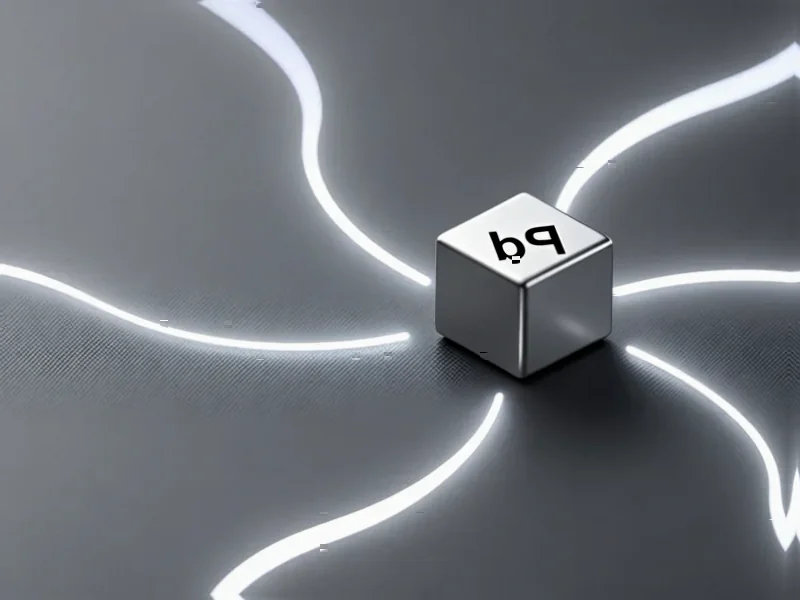According to engadget, Google Photos just introduced six new AI-powered features starting today. The “Help me edit” tool now lets users make portrait adjustments like removing sunglasses or fixing closed eyes using AI that references other images in face groups. This voice- and text-controlled editing is rolling out to iOS users in the US. Google is also integrating its Nano Banana image editor into Photos, allowing open-ended restyling requests like making photos look like Renaissance paintings. The Create with AI section powered by Nano Banana launches next week for Android users in the US and India. Ask Photos expands to over 100 new markets with 17 new languages this week. Finally, a new Ask button for getting image details rolls out in the US on both Android and iOS.
The AI photo wars are heating up
This feels like Google‘s counterpunch to Apple’s recent AI photography moves. And honestly, it’s about time. While Apple has been pushing its own AI editing features, Google’s approach seems more… conversational. You’re not just tapping buttons – you’re telling the AI what you want. That’s a smart differentiation.
Why Nano Banana actually matters
Here’s the thing about Nano Banana – this isn’t just another filter pack. Google’s basically giving users a creative co-pilot that learns from their actual photo library. The personalization angle is huge. Think about it: if you’re constantly taking hiking photos, the AI will eventually suggest mountain-themed edits automatically. That’s way beyond what most competitors offer right now.
Voice control is the real game-changer
I’m most intrigued by the voice-controlled editing. How many times have you wanted to fix a photo but couldn’t figure out which slider does what? “Help me make this look warmer” or “Remove that person in the background” – that’s the kind of intuitive editing that could actually get normal people to edit their photos. Not just the pros.
But what about the privacy questions?
Let’s be real though – when AI starts referencing your entire face group library to make edits, that raises some eyebrows. Google says it’s all private and on-device where possible, but we’ve heard that before. The company needs to be transparent about how this facial data gets used. After all, would you want an AI “improving” your face based on dozens of other photos without explicit permission?




